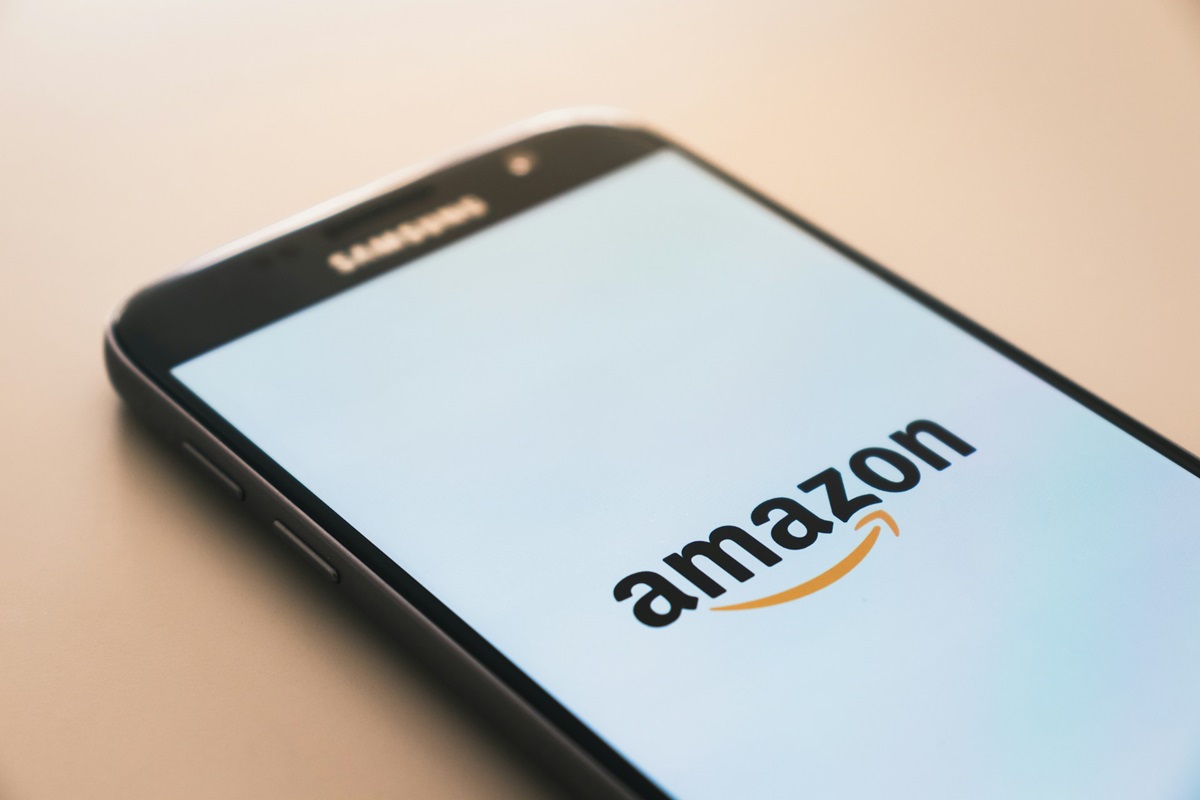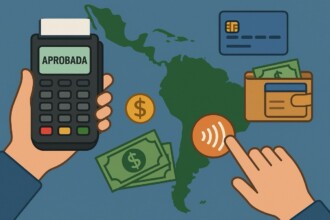Amazon, following the experience of Aldi and Target, is launching a new line of inexpensive food items to gain customers who, as part of the practice of purchasing goods and services, consider the cost factor as a priority parameter and abandon products of well-known brands, following the goals of the economy and a consumption strategy that does not provide for a high level of spending.

It is worth noting that the focus of the mentioned e-commerce giant, which is also a major player in the technology sector and owner of the best American delivery service, on the specified group of buyers is potentially promising. The corresponding category of consumers is not small and successful interaction with it can generate a positive financial result.
The e-commerce giant is launching a new private label called Amazon Saver. It is worth noting that in the context of this project, a kind of ideological core of the business model is the absence of frills. In fact, the corresponding concept means that buyers purchase only the necessary goods and do not overpay for the brand’s market reputation or any additional product features that are not critically necessary and do not affect the characteristics of items. Under the new brand, most products are sold for less than $5. In this case, consumers are offered a wide range of goods, including crackers, cookies, ham, and sliced turkey. The new brand also intends to expand the list of products in the coming months. It is expected that more than a hundred items will be added.
It is worth noting that the e-commerce giant’s ownership structure already includes several food brands, including Amazon Fresh, 365, and Happy Belly. At the same time, Saver is distinguished by the fact that this brand offers consumers products at the lowest prices. In a statement, the e-commerce giant noted that the launch of the mentioned label complements the range of private brands designed to ensure the best value for the grocery items list.
It is also worth noting that the launch of Saver increased Amazon’s competitiveness. In this case, the e-commerce giant aims to rival with companies such as Walmart, Target, and Aldi, which also have private labels that are popular with buyers. Currently, retailers are striving to gain new customers and strengthen interaction with existing consumers, despite stubbornly high grocery prices.
It is worth noting that in the United States, buyers have recently made significant changes in the practice of their financial behavior in the context of such an aspect of this type of activity as expenses. Against the background of several years of high inflation, consumers gradually began to choose in favor of the concept of moderate spending. In this case, buyers purchase only those goods in which there is an obvious need related to objective life necessity related to the basic category. The relevant financial conduct strategy does not provide for or significantly restrict the purchase of products that are not critically necessary. As part of a kind of historical practice, such a model of consumer actions has been formed in a difficult situation, which defines savings as an absolute priority when making decisions about buying of goods. In this case, it means a difficult situation in the space of the economic system.
Caution and thoughtfulness as a kind of semantic basis of consumer behavior in the context of a difficult state of affairs in the area of the economy has the most noticeable form of manifestation in the framework of the approach to buying food. It is worth noting that the products of the corresponding category are sold at different prices depending on the brand. To a certain extent, changes in consumer behavior have an impact on what can be described as life habits. Moderation in spending inevitably means some kind of innovation in the space of everyday life.
Neil Saunders, retail analyst and managing director at GlobalData Retail, said during a conversation with media representatives that Amazon still has great ambitions in the area of grocery, which is why the company needs to participate in the relevant bandwagon and sharpen its value-for-money position. The expert also noted that Saver will help the e-commerce giant achieve appropriate goals since in this case, the brand provides stronger opening price points. Separately, Neil Saunders stated that it is vital that the new brand has reasonable quality. In the relevant context, the expert noted that buyers do not want cheap goods. According to the analyst, consumers are interested in good products at low prices.
Sarah Wyeth, managing director, retail and consumer with S&P Global Ratings, said in a comment to the media that US consumers reduced spending last year. It is worth noting that against the background of inflation, the average amount of cost increased by 20-30% compared to the figure recorded three years ago. Sarah Wyeth also underlined that the rate of increase in incomes lags behind the intensity of the mentioned dynamic.
Amazon also announced that from Tuesday, September 10, it will add additional discounts on groceries for Prime members. The corresponding solution is aimed at those who are involved in an annual membership program worth $139. Shoppers at about 50 Amazon Fresh stores and online stores will receive discounts on more than 3,000 items.
It is worth noting that, as part of standard practice, Prime members receive a 10% discount. Now they can get up to 50% off eight to 15 grocery items that change weekly, including fresh produce and meat. There will also be a 25% discount on more than 1,200 rotating products from popular brands. Moreover, Prime members will receive an additional 10% discount on the new items Saver line.
Bobby Watts of supermarket giant Ahold Delhaize USA last month, during a conversation with media representatives, said that against the background of economic pressure, consumers are making a choice based on price, promotion, or value. He also noted that the younger generation, who grew up in a world where everything happens instantly and things are moving at such a fast pace, is ready to experiment and test different brands more, while other demographic groups are less inclined to such practices.









